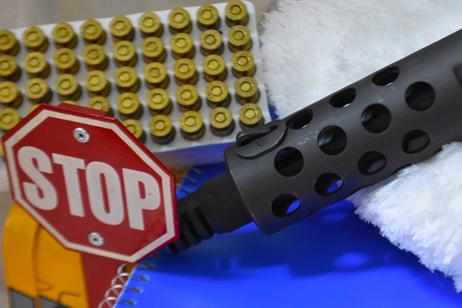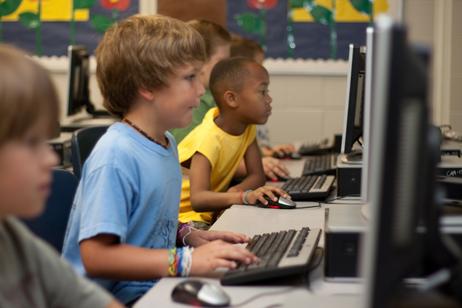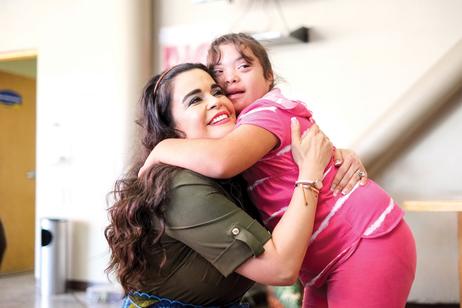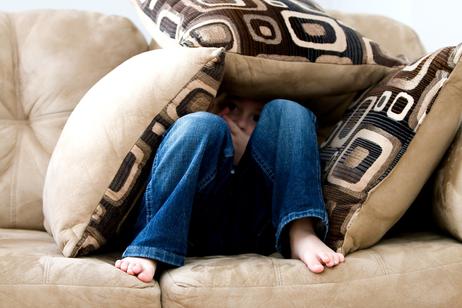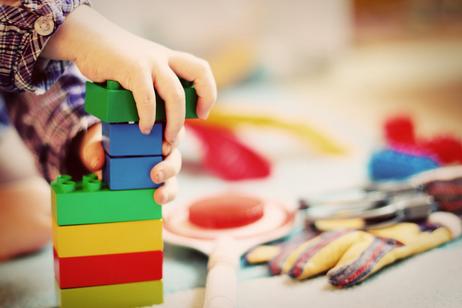School Safety: Shootings
As I began my research for this article on school shootings, I thought it best to look at the history of shootings in American schools. I expected the timeline to cover the 19th and 20th centuries, but I wasn't prepared to discover that the first shootings dated back to the 1700s.
- First, read K12 Academics' History of School Shootings in the United States. That article covers from colonial days through to 2010.
- Then, to take us up to 2015 read Maria Esther Hammack's A Brief History of Mass Shootings. Reporting in the New York Times, Christine Hauser's article A Partial List Of Mass Shootings In 2022 chronicles the first five months of 2022.
Having documented shootings, let us look at what you and I can do to keep our children safe in schools at every level.
Inspired by past school shooters, some perpetrators are seeking fame and notoriety. However, most school shooters are motivated by a generalized anger. Their path to violence involves self-hate and despair turned outward at the world, and our research finds they often communicate their intent to do harm in advance as a final, desperate cry for help. The key to stopping these tragedies is for society to be alert to these warning signs and act on them immediately. from What we know about mass school shootings

